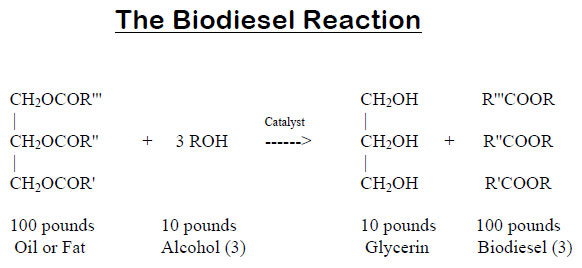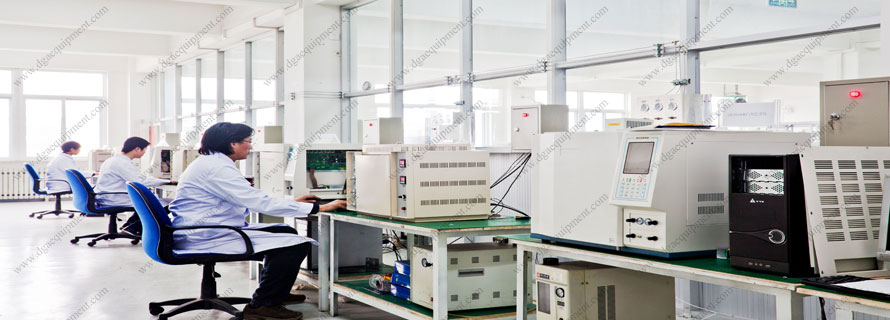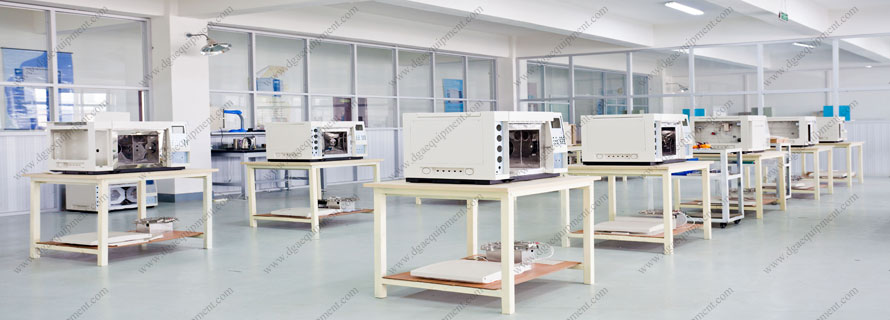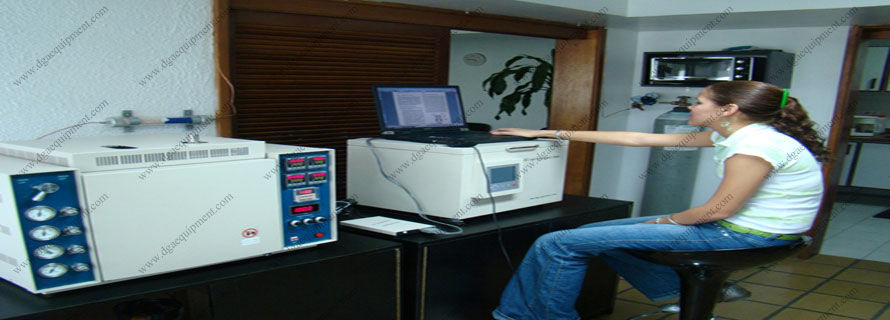Last updated April 26, 2007
The production processes for biodiesel are well known. There are three basic routes to biodiesel production from oils and fats:
* Base catalyzed transesterification of the oil.
* Direct acid catalyzed transesterification of the oil.
* Conversion of the oil to its fatty acids and then to biodiesel.
Most of the biodiesel produced today is done with the base catalyzed reaction for several reasons:
* It is low temperature and pressure.
* It yields high conversion (98%) with minimal side reactions and reaction time.
* It is a direct conversion to biodiesel with no intermediate compounds.
* No exotic materials of construction are needed.
The chemical reaction for base catalyzed biodiesel production is depicted below. One hundred pounds of fat or oil (such as soybean oil) are reacted with 10 pounds of a short chain alcohol in the presence of a catalyst to produce 10 pounds of glycerin and 100 pounds of biodiesel. The short chain alcohol, signified by ROH (usually methanol, but sometimes ethanol) is charged in excess to assist in quick conversion. The catalyst is usually sodium or potassium hydroxide that has already been mixed with the methanol. R', R'', and R''' indicate the fatty acid chains associated with the oil or fat which are largely palmitic, stearic, oleic, and linoleic acids for naturally occurring oils and fats.

The National Biodiesel Board does not get involved with commercial biodiesel production or the design and construction of biodiesel facilities, but we have provided an example of a simple production flow chart along with a short explanation of the steps involved to acquaint the reader with the general production process.

The base catalyzed production of biodiesel generally occurs using the following steps:
Mixing of alcohol and catalyst. The catalyst is typically sodium hydroxide (caustic soda) or potassium hydroxide (potash). It is dissolved in the alcohol using a standard agitator or mixer.
Reaction. The alcohol/catalyst mix is then charged into a closed reaction vessel and the oil or fat is added. The system from here on is totally closed to the atmosphere to prevent the loss of alcohol. The reaction mix is kept just above the boiling point of the alcohol (around 160 °F) to speed up the reaction and the reaction takes place. Recommended reaction time varies from 1 to 8 hours, and some systems recommend the reaction take place at room temperature. Excess alcohol is normally used to ensure total conversion of the fat or oil to its esters.
Care must be taken to monitor the amount of water and free fatty acids in the incoming oil or fat. If the free fatty acid level or water level is too high it may cause problems with soap formation and the separation of the glycerin by-product downstream.
Separation. Once the reaction is complete, two major products exist: glycerin and biodiesel. Each has a substantial amount of the excess methanol that was used in the reaction. The reacted mixture is sometimes neutralized at this step if needed. The glycerin phase is much more dense than biodiesel phase and the two can be gravity separated with glycerin simply drawn off the bottom of the settling vessel. In some cases, a centrifuge is used to separate the two materials faster.
Alcohol Removal. Once the glycerin and biodiesel phases have been separated, the excess alcohol in each phase is removed with a flash evaporation process or by distillation. In others systems, the alcohol is removed and the mixture neutralized before the glycerin and esters have been separated. In either case, the alcohol is recovered using distillation equipment and is re-used. Care must be taken to ensure no water accumulates in the recovered alcohol stream.
Glycerin Neutralization. The glycerin by-product contains unused catalyst and soaps that are neutralized with an acid and sent to storage as crude glycerin. In some cases the salt formed during this phase is recovered for use as fertilizer. In most cases the salt is left in the glycerin. Water and alcohol are removed to produce 80-88% pure glycerin that is ready to be sold as crude glycerin. In more sophisticated operations, the glycerin is distilled to 99% or higher purity and sold into the cosmetic and pharmaceutical markets.
Methyl Ester Wash. Once separated from the glycerin, the biodiesel is sometimes purified by washing gently with warm water to remove residual catalyst or soaps, dried, and sent to storage. In some processes this step is unnecessary. This is normally the end of the production process resulting in a clear amber-yellow liquid with a viscosity similar to petrodiesel. In some systems the biodiesel is distilled in an additional step to remove small amounts of color bodies to produce a colorless biodiesel.
Product Quality and Registration. Prior to use as a commercial fuel, the finished biodiesel must be analyzed using sophisticated analytical equipment to ensure it meets ASTM specifications. Additionally, all biodiesel produced must be registered with the Unites States Environmental Protection Agency under 40 CFR Part 79.
The most important aspects of biodiesel production to ensure trouble free operation in diesel engines are:
* Complete Reaction
* Removal of Glycerin
* Removal of Catalyst
* Removal of Alcohol
* Absence of Free Fatty Acids
These parameters are all specified through the biodiesel standard, ASTM D 6751. For a complete copy of ASTM D 6751 contact ASTM at www.astm.org. This standard identifies the parameters the pure biodiesel (B100) must meet before being used as a pure fuel or being blended with petrodiesel. The National Biodiesel Board has adopted ASTM biodiesel specifications. The specification is listed on the following page.
The NBB has also formed the National Biodiesel Accreditation Commission that has put into place an accreditation program for companies selling biodiesel and biodiesel blends. It is a Good Housekeeping™ type seal of approval for biodiesel marketers, and provides the consuming public with additional assurances and confidence that biodiesel purchased form a Certified Biodiesel Marketer will meet ASTM specifications. Certifications are pending, and will be posted on the NBB web site at www.biodiesel.org. Once the program has been fully implemented, NBB recommends that all biodiesel marketers become certified, and that all biodiesel consumers specify the purchase of biodiesel from NBAC Certified Marketers.



